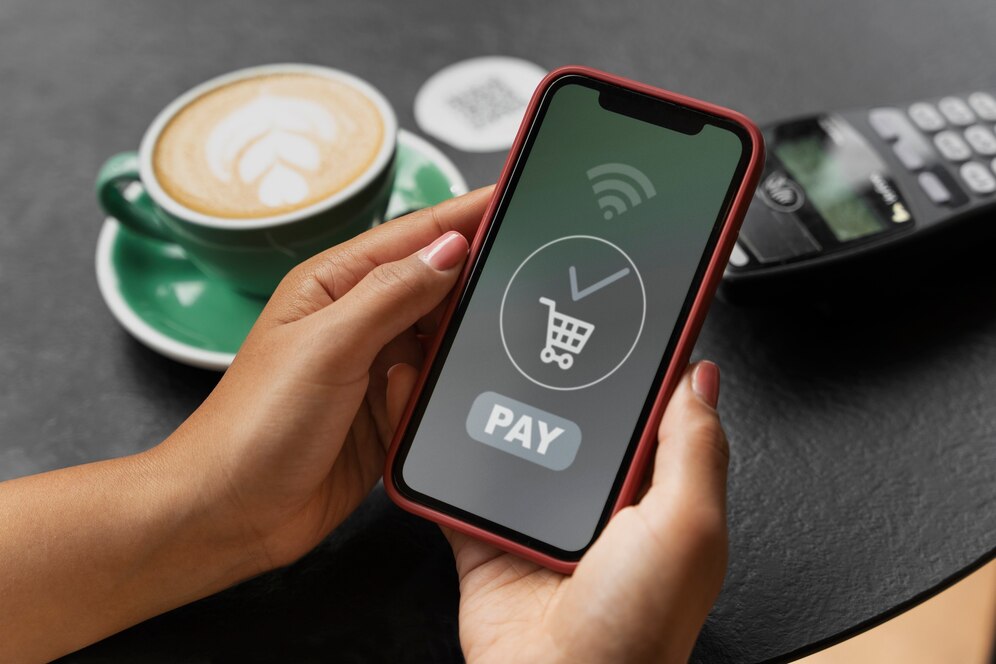In the ever-evolving world of ecommerce, selecting the right payment gateway for your Shopify store is crucial. Shopify payment gateways not only facilitate transactions but also play a pivotal role in shaping the overall shopping experience for your customers. Whether you’re a small business owner or planning to hire Shopify Plus developers to scale your operations, understanding your payment gateway options can significantly impact your store’s success.
Understanding Shopify Payment Gateways
A payment gateway is a service that processes credit card payments for online and offline businesses. It acts as an intermediary between the merchant’s website and the financial institution, ensuring secure and efficient transaction processing. When integrated into your Shopify store, the right payment gateway can help you manage payments seamlessly, enhance customer trust, and minimize cart abandonment.
Key Features to Look for in a Payment Gateway
When choosing a payment gateway for your Shopify store, consider the following features:
- Security: Look for gateways that offer robust security measures such as PCI compliance, encryption, and fraud detection.
- Ease of Integration: The gateway should integrate smoothly with your Shopify store without requiring extensive technical expertise.
- Transaction Fees: Be aware of the fees associated with each transaction, including setup fees, monthly fees, and per-transaction fees.
- Customer Support: Reliable customer support can help resolve any issues quickly, minimizing disruptions to your business.
- Payment Methods: Ensure the gateway supports a variety of payment methods, including credit/debit cards, digital wallets, and alternative payment options.
Top Shopify Payment Gateways
Shopify Payments
Shopify Payments is the default payment gateway for Shopify stores. It offers seamless integration, competitive transaction fees, and supports multiple currencies. By using Shopify Payments, you can avoid the hassle of third-party gateway integration and enjoy a simplified payment processing experience.
PayPal
PayPal is one of the most popular and widely recognized payment gateways. It supports various payment methods, including credit cards and PayPal balances. With its robust security features and extensive global reach, PayPal is an excellent choice for Shopify merchants looking to cater to an international audience.
Stripe
Stripe is a versatile payment gateway known for its developer-friendly API and comprehensive feature set. It supports a wide range of payment methods and currencies, making it an ideal choice for businesses looking to expand globally. Stripe also offers advanced fraud detection and recurring billing features.
Authorize.Net
Authorize.Net is a reliable payment gateway with a strong reputation in the e-commerce industry. It supports various payment methods and provides extensive fraud detection tools. Authorize.Net is suitable for businesses of all sizes, offering flexible pricing plans and robust customer support.
Square
Square is a popular payment gateway offering online and offline payment solutions. It’s known for its ease of use, competitive pricing, and comprehensive feature set. Square integrates seamlessly with Shopify and provides a unified platform for managing all your payment needs.
Comparing Payment Gateway Fees
When selecting a payment gateway, it’s essential to compare the fees associated with each option. These fees can vary significantly and impact your overall profitability. Consider the following fee structures:
- Transaction Fees: The percentage of each transaction charged by the gateway.
- Monthly Fees: Recurring fees charged for using the gateway’s services.
- Setup Fees: One-time fees for setting up the gateway.
- Chargeback Fees: Fees incurred when handling disputed transactions.
Integration and Setup
Integrating a payment gateway with your Shopify store should be straightforward and hassle-free. Most gateways offer detailed documentation and support to guide you through the setup process. Here’s a general step-by-step guide:
- Choose Your Gateway: Select a payment gateway that aligns with your business needs.
- Sign Up: Create an account with the chosen payment gateway.
- Get API Keys: Obtain the necessary API keys or credentials for integration.
- Integrate with Shopify: Follow the gateway’s instructions to integrate with your Shopify store.
- Test Transactions: Conduct test transactions to ensure everything is working correctly.
- Go Live: Once satisfied with the setup, enable the gateway for live transactions.
Security Considerations
Security is paramount when handling online transactions. Ensure your chosen payment gateway complies with PCI DSS (Payment Card Industry Data Security Standard) and employs advanced encryption technologies. Regularly update your Shopify store and monitor for any security vulnerabilities to protect your customers’ data.
Enhancing Customer Experience
A smooth and secure checkout process can significantly enhance the customer experience. Here are some tips to optimize your payment gateway:
- Mobile Optimization: Ensure the payment gateway is mobile-friendly for customers shopping on their smartphones.
- Multiple Payment Options: Offer a variety of payment methods to cater to different customer preferences.
- Transparent Fees: Clearly communicate any additional fees or charges to avoid surprises at checkout.
- Fast Processing: Choose a gateway known for quick and reliable transaction processing.
Conclusion
Choosing the right payment gateway for your Shopify store is a critical decision that can impact your business’s success. By considering factors such as security, ease of integration, transaction fees, and customer support, you can select a gateway that meets your needs and enhances the overall shopping experience for your customers. Whether you decide to use Shopify Payments, PayPal, Stripe, Authorize.Net, or Square, each option offers unique benefits that can help streamline your payment processing. If you need expert assistance, partnering with a reputable Shopify development company can ensure a smooth and efficient integration process.




















No Comments